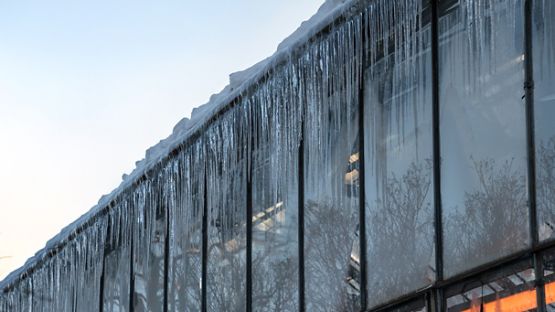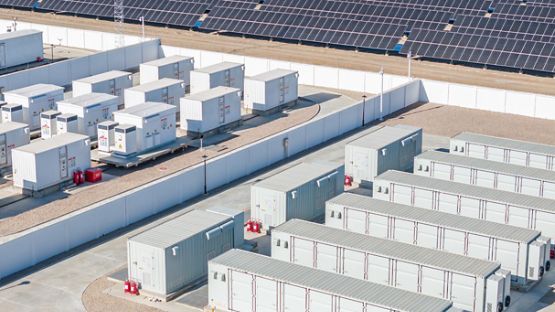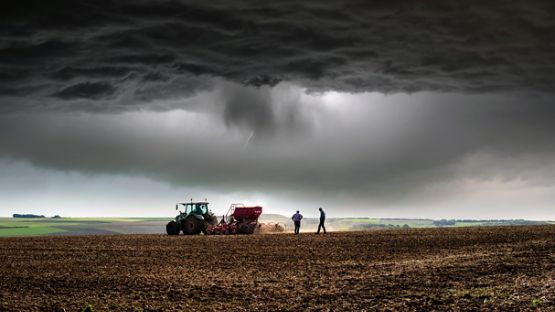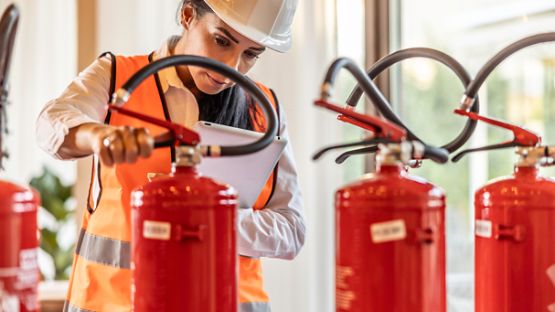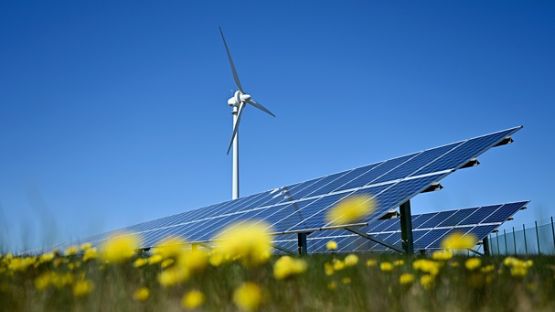Over the last 20 years, infrared thermography has become a common part of routine electrical maintenance for businesses across many industries. Infrared surveys are a dependable method of identifying hot spots and potential electrical or mechanical failures.
However, not all infrared technicians, surveys and reports are created equal. To ensure you’re getting an accurate report with meaningful results, you need a qualified technician who uses high-quality equipment, and provides a meaningful and comprehensive report.
Electrical-related fire and business interruption claims continue to be a leading cause of property loss. Aviva Risk Management Solutions offers insight into how you can choose the right infrared technician for the job to ensure that they are providing the kind of results that can help you manage your business risk and reduce losses.
The right infrared technician
It’s a myth that any electrician can conduct an accurate infrared survey. The technician performing the testing must be certified for Level I Thermography. The associated report must be prepared by an individual certified to Level II Thermography (usually within the same organization). Up-to-date accreditations should be included in every infrared survey report.
Without proper experience and training by infrared service providers, technicians may make incorrect assessments and their resulting report could be misinterpreted. This could lead to an inaccurate diagnosis.
Here at Aviva, we have an approved vendors and contractors program that includes infrared thermal inspections to help companies find a qualified technician.
The right infrared camera
Thermal imaging cameras are sophisticated technology, although there are varying levels of quality available on the market. It’s important to ensure that the infrared thermography camera used in conducting your survey is up to the job because a camera’s capabilities will affect the report quality and proper diagnosis of electrical issues.
Thermal imaging systems should generally have a minimum resolution of 320 x 420 dpi and be tuned and focused to provide a good-quality thermographic inspection as well as a digital image to make an educated assessment.
The right report
While there is no industry standard report format to guide infrared thermography technicians, a high-quality report will include:
- Name of the infrared thermographer and certification level
- A list of all electrical equipment included and not included in the survey
- Details relating to the equipment, including circuit, location, temperatures, electrical loads, etc.
- Clear and focused thermogram (image) and digital picture of any anomalies
- Preliminary diagnosis of anomalies along with supporting information such as load (amps) and rated load (amps) of the circuit breaker or fuse and the condition of the circuit.
Preparing for an infrared thermography survey
You can set your business up for a successful survey by having an electrician on-site to handle live electrical equipment and open the panels that will allow the infrared camera to access connections. A survey should be conducted under normal operating conditions. If the equipment isn’t in use, the infrared thermography will likely not show any issues.
It’s important to know that any anomalies found will typically not be corrected during the survey unless the issue is serious (and the professional fixing the issue is qualified to do so).
Learn more about infrared thermography
For more information about infrared thermography, contact your insurance broker or Aviva’s Risk Management Solutions team at arms.canada@aviva.com.
Helpful resources to learn more:
Infrared thermography: high tech inspections for your business


